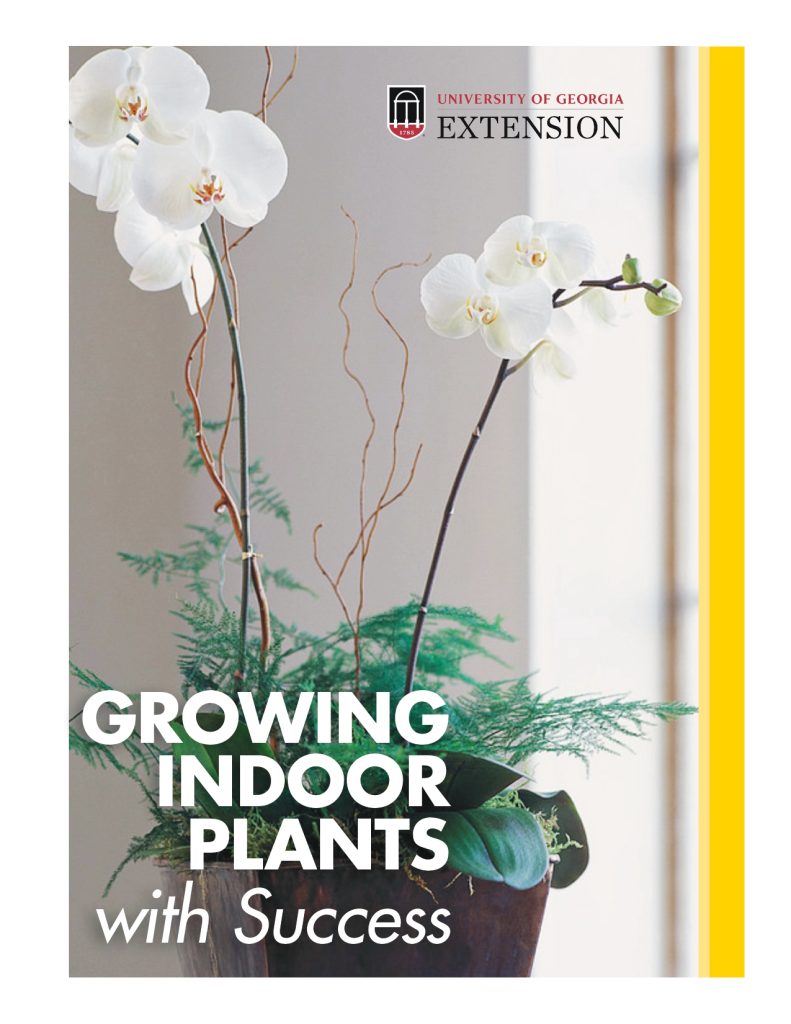Unlocking Nature’s Magic: The Fascinating Life of a Plant That Lives One Season

It’s confession time: even after a decade of digging in the dirt and swapping stories at garden club meetings, I still occasionally freeze in front of a seed rack and think, “Wait—does this one come back next year or not?” Annuals, biennials, perennials… the words blur together when you’re staring at a rainbow wall of plant packets with Latin names that sound like spells.

Here’s the hilarious truth nobody warns you about: almost everyone gets tripped up by annuals at some point—especially when it really matters. Let’s walk through why that happens, what traps to watch out for, and how to avoid the classic blunders that even seasoned gardeners make but rarely admit.
The Classic Annual Mix-Up: Don’t Trust Your Gut (At First)
I’ll never forget my first spring as a gardener—2012, fresh notebook in hand. I bought petunias and zinnias thinking they’d fill my beds for years. By October? All gone. My neighbor (a sly old-timer) chuckled from his porch: “Annuals die with the frost, kid.” Oops.
Mistake #1: Assuming a lush summer means forever.
Annuals are sprinters—they pack their entire life (seed to seed) into one season. They don’t “come back” next spring unless you plant them again or they self-seed (more on this sneaky trick below).
![]()
The Undercover Saboteur: Self-Seeding Confusion
Here’s where things get sneaky. Some annuals—think California poppies or larkspur—are so good at dropping seeds that new babies pop up each spring without any help from you. It looks like they’re perennials… until you realize each plant is brand new.
Mistake #2: Believing self-seeding equals perennial.
Truth bomb: it doesn’t! You can spot this if your plants appear in slightly different spots every year or if their numbers wildly fluctuate (“How did I get 200 poppies this season?”). I once bragged to friends about my “perennial” marigolds—until I realized last year’s crop had simply scattered seeds everywhere. Rookie move.

Label Lies & Regional Riddles
Raise your hand if you’ve ever stood under those nursery shade sails, reading tags that say “annual” in one section and “perennial” in another—for the exact same flower. It’s not just confusing; it can be expensive if you buy expecting years of blooms and only get one shot!
Mistake #3: Trusting labels without checking your zone.
Snapdragons are technically perennials in warm zones but sold as annuals up north because they can’t handle true winter. The USDA Hardiness Zone Map is your secret weapon here—I keep mine bookmarked on my phone for emergencies.
The Emotional Rollercoaster: Attachment Issues
Let me be real for a second—fall hits hard when your favorite cosmos or sunflowers turn brown overnight after the first frost. I used to take it personally (“Did I kill them?!”), but now I see annuals as an invitation to experiment every single year.

Mistake #4: Getting too attached—or too stressed.
The magic of annuals is freedom: want neon pink this summer and cool blues next? Go wild! Don’t mourn what’s meant to be temporary; celebrate it! A fellow gardener told me she treats her flower beds like an artist’s canvas—fresh start every spring.
Annual Know-How in Action: How Not To Trip Up Next Time
If you want color fast—or veggies galore—annuals are your MVPs. But here’s how to sidestep those rookie mistakes:
- Always check both the tag AND your climate zone before buying.
- Don’t assume volunteers (self-seeded plants) mean you’ve got perennials—they’re just clever survivors!
- Expect change—and plan for it! Make notes each fall about what worked (and what fizzled), so next year’s garden is even better.
- Deadhead religiously if you want more blooms—but let some go to seed if you’re okay with surprise seedlings next spring!
Why This Matters Beyond Gardening
This isn’t just about flowers—it’s about learning from cycles, letting go of perfectionism, and embracing change (with dirty hands). My favorite memory? Explaining the difference between annuals and perennials to my niece using jellybeans on her birthday cake (“Eat all these purple ones now—they won’t come back!”). She still remembers—and so do I.
Try This Now
- Write down three annuals from your own yard or neighborhood—and check which ones self-seed versus need replanting every year
- Ask someone else what they think “annual” means—you’ll be shocked how many confident adults mix up these terms
- Plant something totally new this season just because it won’t last forever
The real secret isn’t memorizing vocabulary—it’s learning from missteps, laughing at yourself, and getting back out there anyway. So next time someone asks whether zinnias return each year, share not just the answer—but the story behind how you finally learned it for keeps.
That’s how gardening wisdom grows—and why mistakes are nothing more than compost for better seasons ahead!



